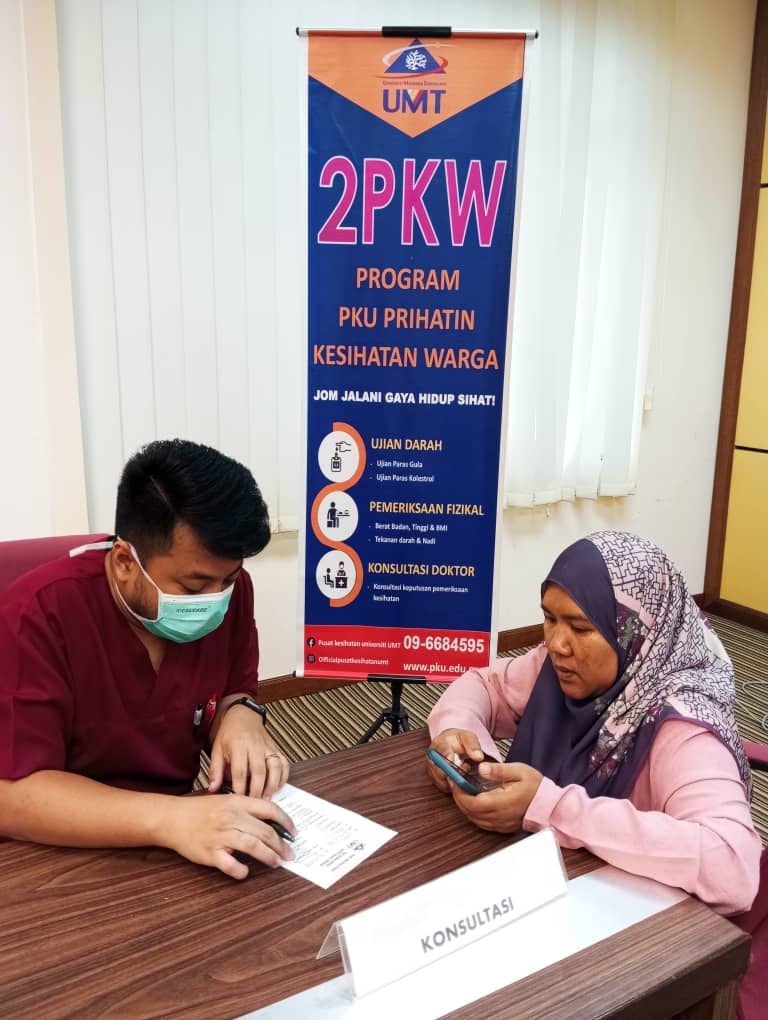
15 July 2024| PKU Caring for People’s Health Roadshow Program (2PKW)
Assalammualaikum| The PKU Caring for People’s Health Roadshow Program (2PKW) took place at the Azmi Ambak Meeting Room, FPSM. Among the health checks carried out
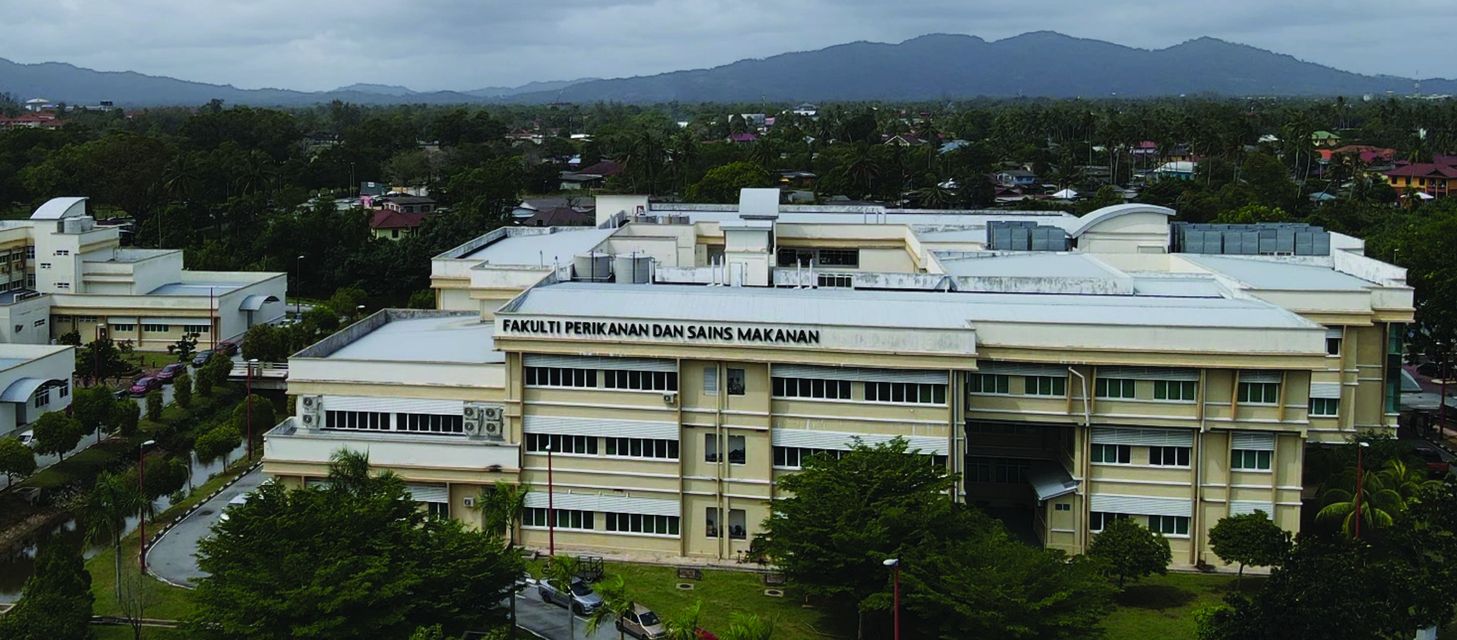

Assalammualaikum| The PKU Caring for People’s Health Roadshow Program (2PKW) took place at the Azmi Ambak Meeting Room, FPSM. Among the health checks carried out
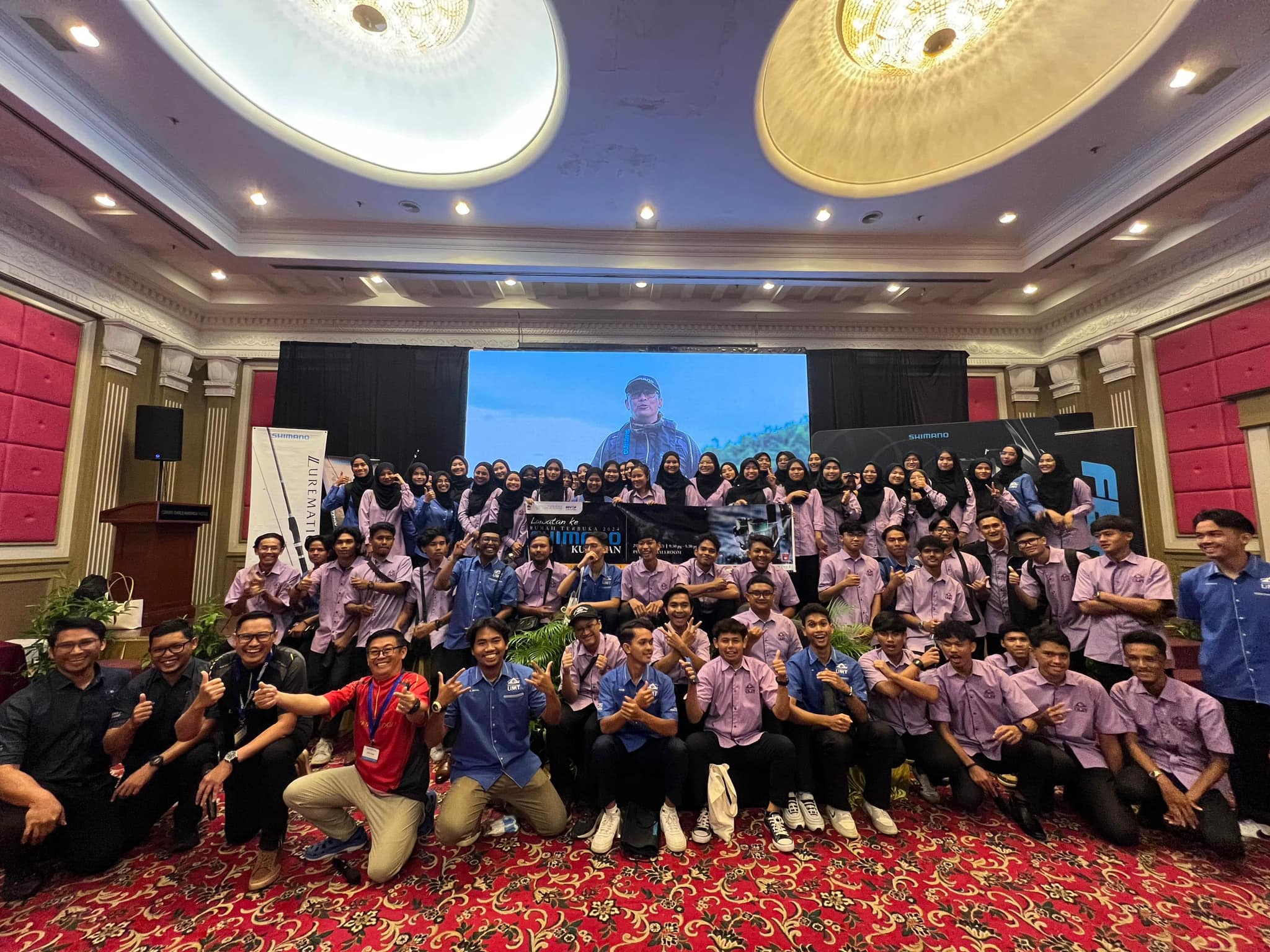
Assalammualaikum| Shimano Open House 2024. A total of 80 Fisheries Diploma students led by lecturer Dr Muhamad Naimullah from the Faculty of Fisheries & Food
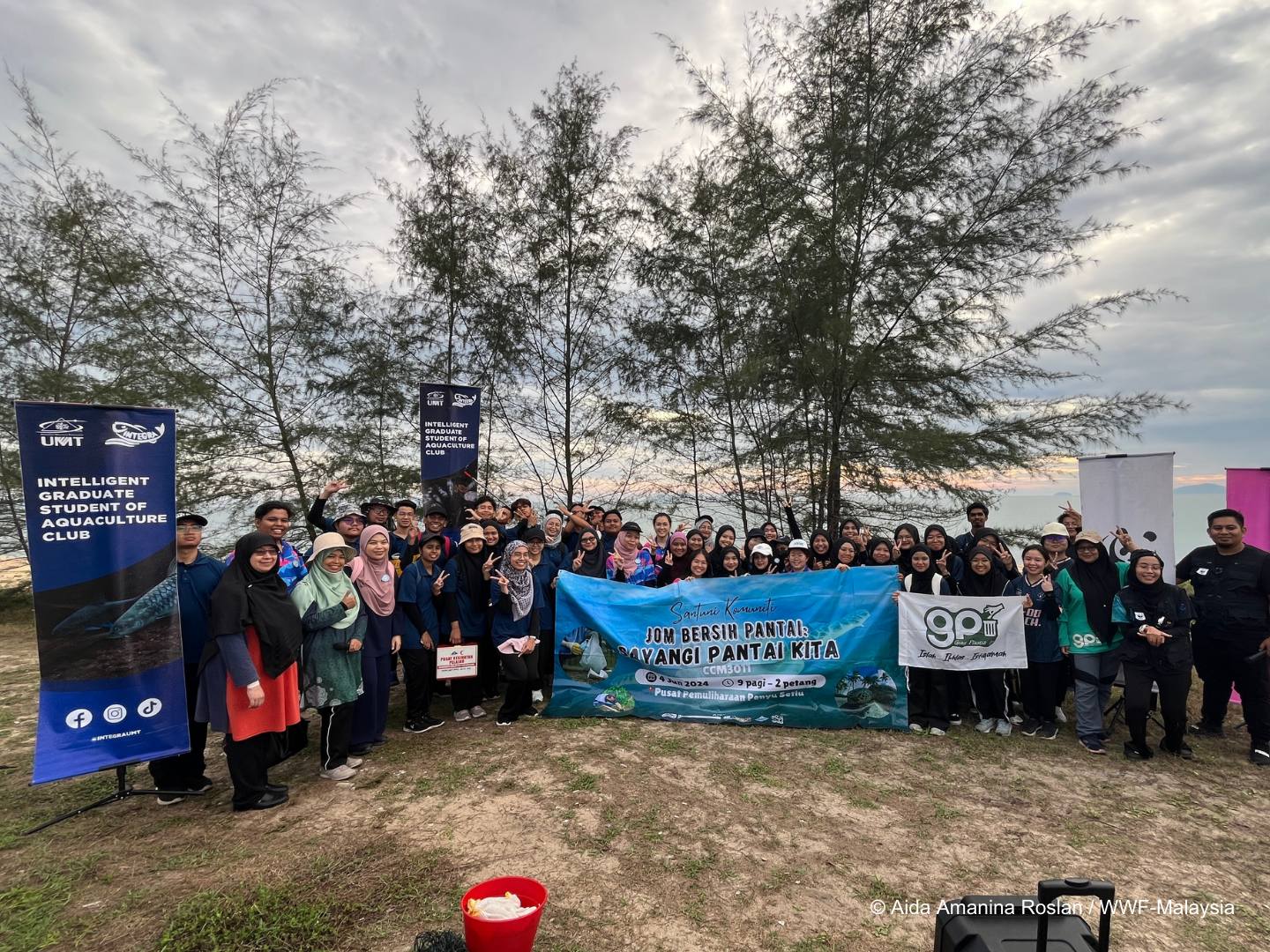
Assalammualaikum | Thank you to the Faculty of Fisheries and Food Science (PFSM) UMT, Geng Plastik Ija and PEWANIS as our partners, for working with
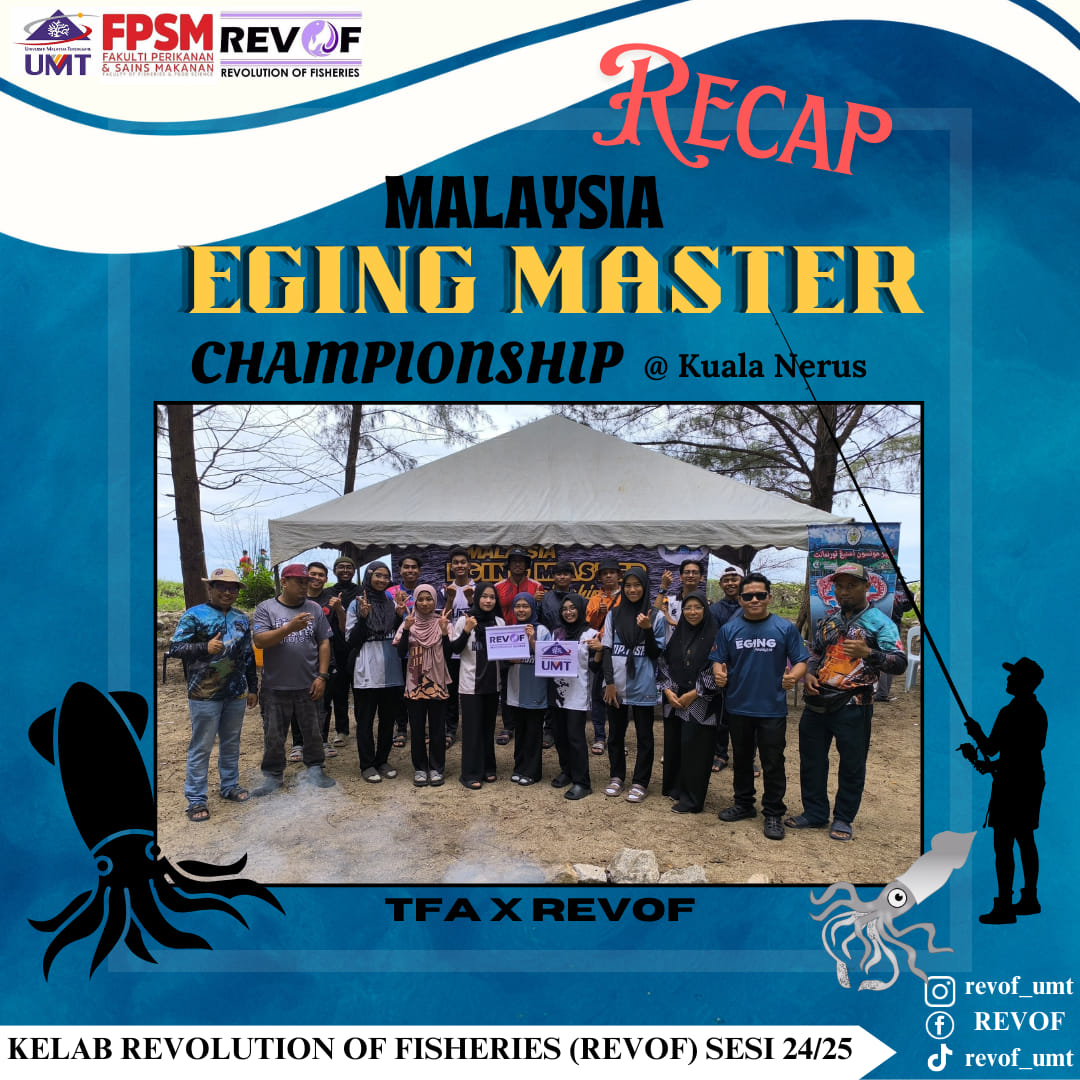
Assalammaualaikum| 🦑MALAYSIA 2024 EGING MASTER CHAMPIONSHIP🦑 Eging is known as squid fishing with Egi which is a special form of fishing rod that originated in
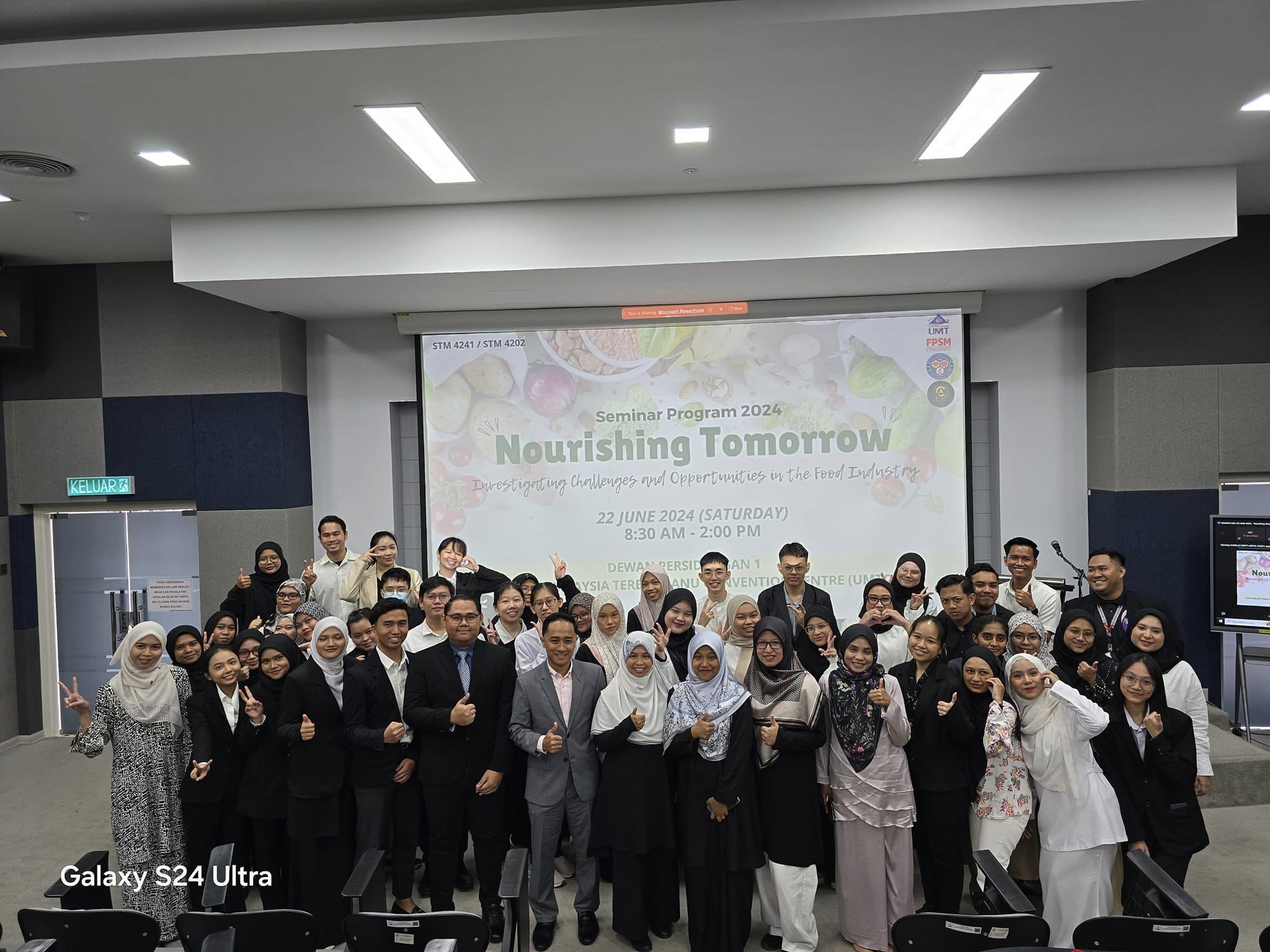
Assalammualaikum | The 2024 Program Seminar went smoothly as planned. Congratulations and well done to all the students in the 3rd year of the Bachelor
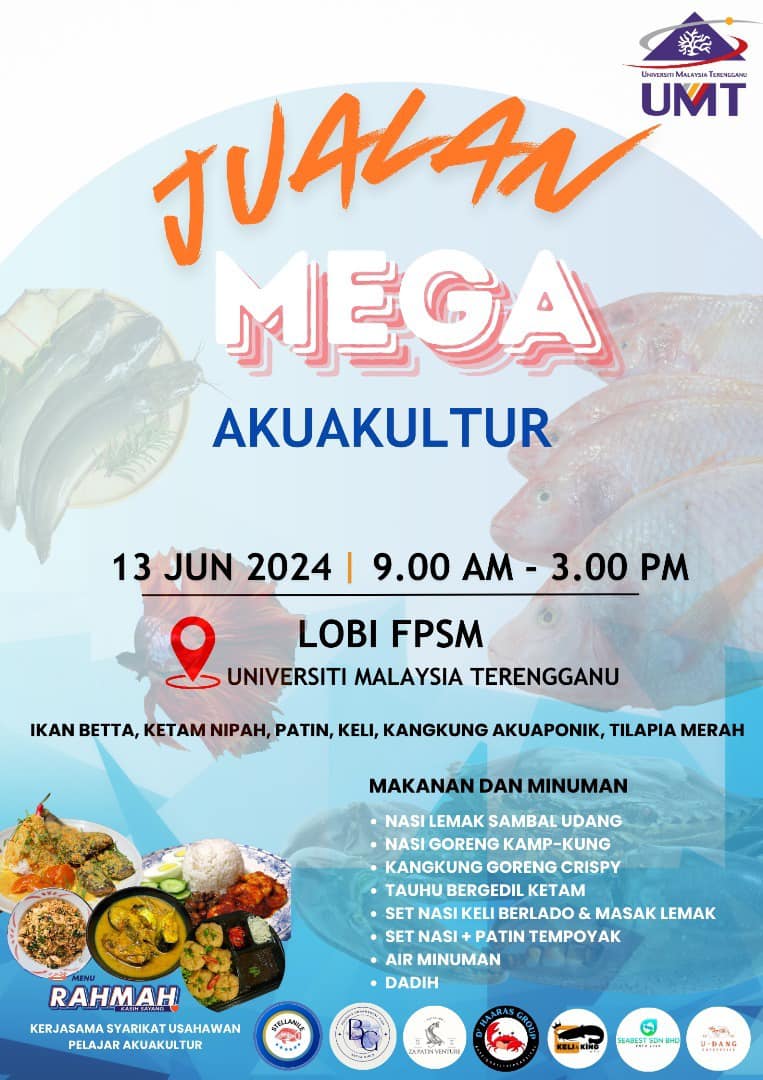
Assalammualaikum | AQUACULTURE MEGA SALE, Teaching and Learning Activities Course AQU3293, Aquaculture Production Techniques. Aquaculture Mega Sale was held on 13 June 2024 (Thursday), 9.00AM
The Faculty of Fisheries and Food Science embraces a philosophy grounded in the sustainable management of aquatic resources and the pursuit of knowledge in food science. We believe in fostering a harmonious coexistence between humanity and aquatic ecosystems through responsible education, research, and innovation.
To be a globally recognized hub for excellence in fisheries and food science, driving transformative education, impactful research, and sustainable practices that contribute to the well-being of communities and the health of our planet.
“Ocean of discoveries, global sustainability”
Faculty of Fisheries and Food Science
Universiti Malaysia Terengganu
21030 Kuala Nerus, Terengganu
Malaysia
Tel : +609 668 4930 / 4931
Fax : +609 668 4949
Email: fpsm@umt.edu.my
Universiti Malaysia Terengganu (UMT) and Faculty of Fisheries and Food Science (FPSM) shall not be liable for any loss or damage caused by the usage of any information obtained from this web site.